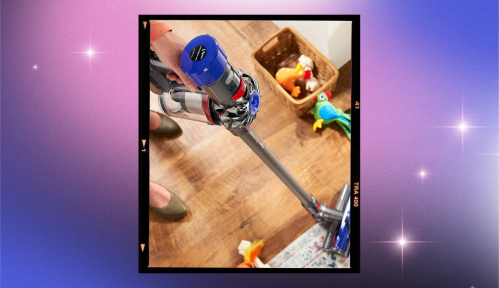Our editors independently select these products. Making a purchase through our links may earn Well+Good a commission
In the year 2020, smartwatches keep their own records on your health. No wearable replaces your trip to the doctor, but you can learn a lot about your body by just glancing down at your wrist—and that’s especially true of your heart health. This week, Fitbit became the second wearable (after the Apple Watch) to receive clearance from the U.S. Food and Drug Administration to detect atrial fibrillation (AFib)—a big win for the lower price point smartwatch.
Experts in This Article
sports cardiologist with McGovern Medical School at UTHealth
On Monday, Fitbit received 510(k) clearance from the FDA and the Conformité Européenne (CE) marking in the European Union. Meaning, its electrocardiogram (ECG) app can now be used to assess heart rhythm for AFib through FitBit Sense, launching in October 2020. Until now, only the Apple Watch had received the same stamp of approval.
Atrial fibrillation affects an estimated 2.7 million Americans, and is characterized by an irregular heart rhythm that’s usually within 100 to 180 beats per minute, explains John Higgins, MD, a sports cardiologist with McGovern Medical School at UTHealth in Houston. This range reveals a slew of realities about your health. “It is associated with underlying heart disease, thyroid problems, or cardiovascular risk factors,” says Dr. Higgins. “It usually means that there is another medical problem and you should see your medical practitioner. [Most] importantly, untreated, it may lead to a stroke.” People with atrial fibrillation also have lower daily step counts.
For all those reasons, Dr. Higgins says he applauds those who listen to their heart (literally) by wearing a fitness tracker. “Having a medical device to detect AFib is good because, in about half the cases, people are not aware that they have AFIB. They have no palpitations, no fatigue, no dizziness, [or any other symptoms],” he says. (However, it’s important to note that research suggests wearables—specifically the Fitbit Charge HR and Apple Watch Series 3—tend to underestimate heart rate in AFib, so you’ll always want to rely on your doctor first.)
That said, if you approach your wearables data as just that, data, it can be useful to have that information at the touch of the button. And having a larger range of wearables that do this can really only provide benefits for accessibility. You could access AFib detection through the new Apple Watch Series 6 ($430) or an older model like the Series 3 ($170). Or, you could learn the same metric via the Fitbit Sense ($330) once the ECG feature launches officially in October.
Your heart has options. Just make sure you’re listening to your doctor first and your wrist second.
This is how to use your wearable to measure your heart rate:
Sign Up for Our Daily Newsletter
Get all the latest in wellness, trends, food, fitness, beauty, and more delivered right to your inbox.
Got it, you've been added to our email list.











